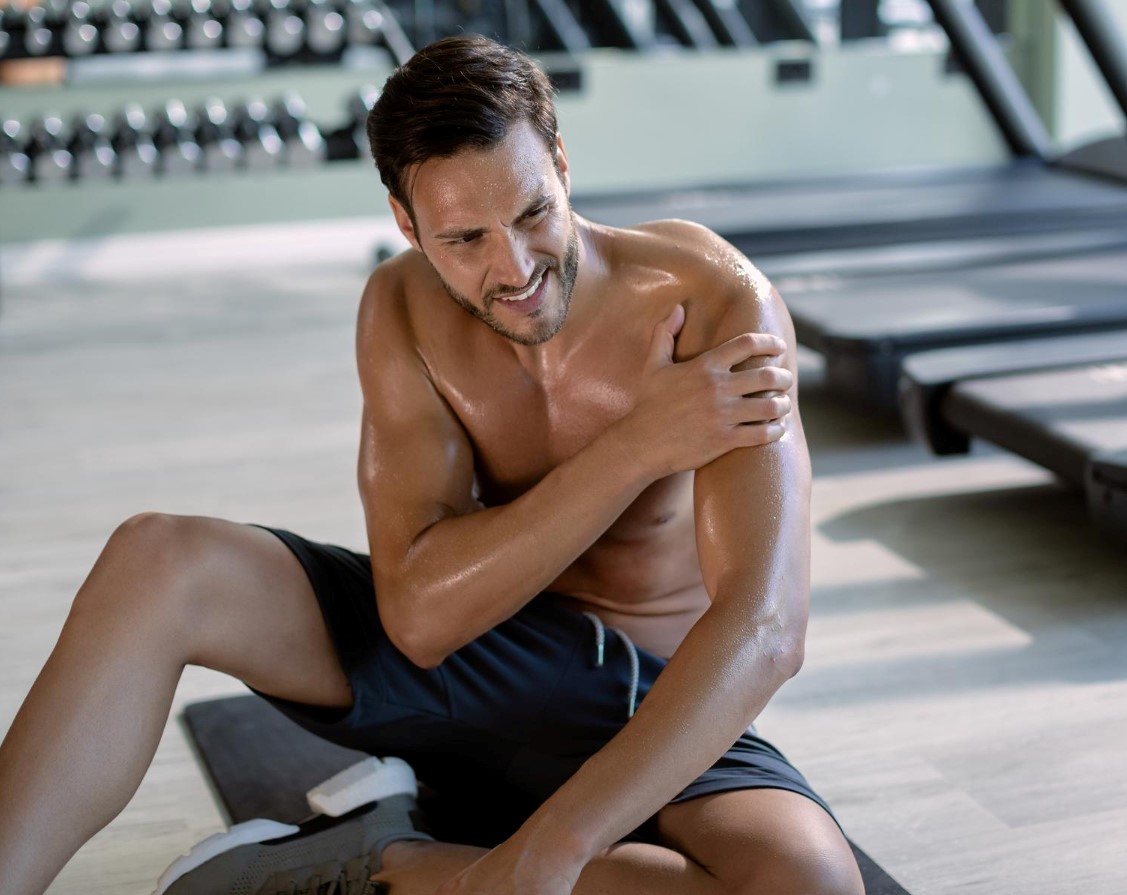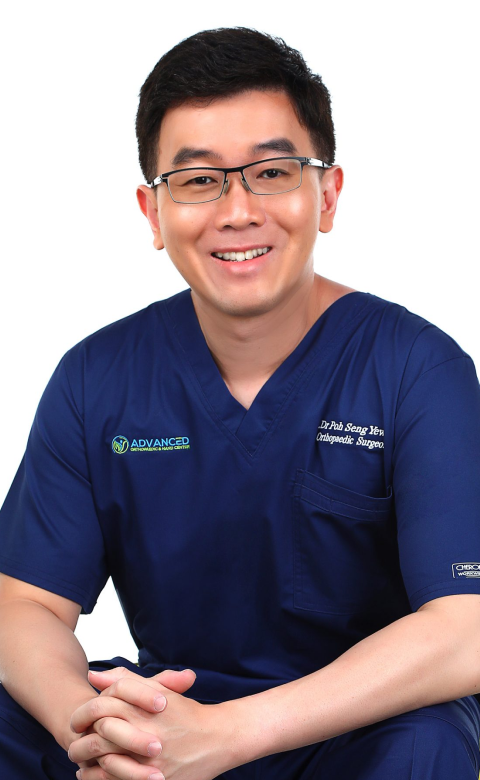Schedule An Appointment With Us
Are Your Symptoms Affecting Your Quality Of Life?
Consult our MOH-accredited shoulder specialist for a comprehensive diagnosis of your condition & a personalised treatment plan.
SLAP tears are a shoulder injury affecting the labrum, a ring of cartilage surrounding the socket of the shoulder joint. This injury involves the top (superior) part of the labrum and is an acronym for Superior Labrum Anterior and Posterior.
MBBS
MRCSEd
MMED (Ortho)
FRCSEd

The causes of SLAP tears are broadly categorized into two main types: acute injuries and repetitive stress injuries.
These are sudden, traumatic events that can lead to a SLAP tear. Common scenarios include:
Repeated motion can lead to wear and tear of the labrum. This includes:
Individuals with a SLAP tear can experience a variety of symptoms, depending on the severity of the injury and their activity level.
Diagnosing SLAP tears involves a detailed medical history, physical examination, and imaging studies. Physicians typically use MRI, sometimes MR arthrography, to visualize the soft tissues of the shoulder, including the labrum. X-rays may also be used to rule out other conditions. In some cases, a diagnostic arthroscopy, a minimally invasive procedure, is performed for a definitive diagnosis.
Non-surgical treatment can be an effective approach for those with less severe injuries or for whom surgery is not an ideal option.
A tailored physical therapy program is central to the non-surgical treatment of SLAP tears. It involves:
Limit or avoid activities that exacerbate symptoms. This may involve modifying work tasks or adjusting sports techniques.
Applying ice can help reduce inflammation and pain. Over-the-counter pain relievers like ibuprofen or acetaminophen may also be recommended to manage discomfort.
In some cases, corticosteroid injections may be used to reduce inflammation and pain within the joint.
When non-surgical treatments do not provide adequate relief, surgery may be recommended.
Arthroscopic Repair |
This is the most common surgical procedure for SLAP tears. The surgeon makes small incisions around the shoulder and inserts an arthroscope (a small camera). The torn part of the labrum is reattached to the bone using anchors and sutures. |
Labrum Debridement |
In some cases, particularly for older patients or where the tear is frayed, the surgeon may clean up (debride) the torn area rather than reattach it. |
Biceps Tenodesis |
If the SLAP tear is associated with problems in the biceps tendon, a procedure called biceps tenodesis may be performed. This involves detaching the biceps tendon from its original attachment in the labrum and reattaching it to the upper arm bone. |
Preventing SLAP tears involves measures that protect the shoulder joint from injury and reduce the risk of developing these tears.
Schedule An Appointment With Us
Consult our MOH-accredited shoulder specialist for a comprehensive diagnosis of your condition & a personalised treatment plan.

MBBS
MRCSEd
MMED (Ortho)
FRCSEd
With over 20 years of experience, Dr Poh Seng Yew is an orthopaedic surgeon specialising in hip, knee, shoulder and elbow surgery, sports medicine, and trauma surgery.




Weekdays: 9.00am – 5.00pm
Saturdays: 9.00am – 1.00pm
Sundays and Public Holidays: Closed
Your symptoms shouldn’t affect your quality of life or disrupt daily activities. Reach out to our friendly clinic staff today & schedule a consultation.
Some minor SLAP tears may improve with non-surgical treatments like physical therapy and rest, but many require surgical intervention for complete healing, especially in active individuals or athletes.
Recovery time can vary, but it typically takes several months. The exact duration depends on the severity of the tear and the individual’s adherence to rehabilitation.
If properly treated, most individuals recover fully. Untreated or severe SLAP tears can lead to chronic shoulder pain and instability.
Yes, with proper treatment and rehabilitation, many individuals can return to their previous level of sports activity. This may take several months.
Prevention strategies include proper sports techniques, shoulder strengthening and flexibility exercises, gradual activity progression, and listening to your body to avoid overuse.